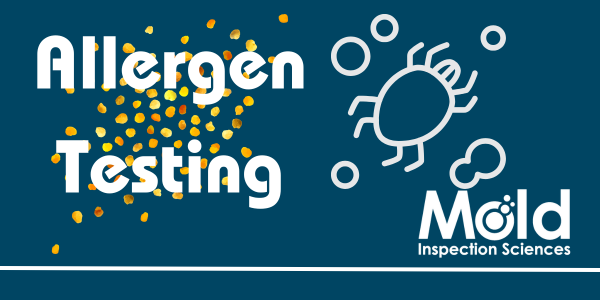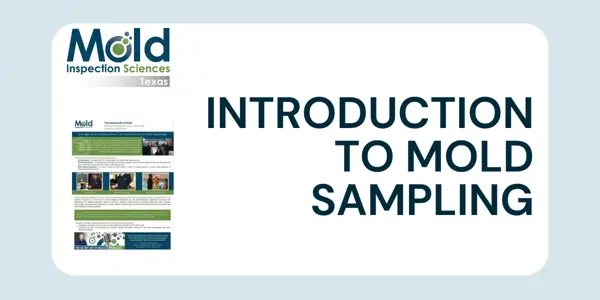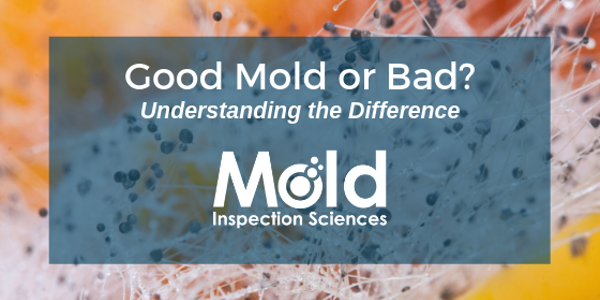Ambient Air Sampling
Air sampling is able to show us what isn't visible to the naked eye.

During a proper mold investigation, ambient air sampling is a very important part of the investigation. You can think of air sampling, as a way of telling us what we can’t see with our naked eyes. But, before we can understand why this important, perhaps we should take a step back, and get to know mold.
Mold is an important part of our environment. Its purpose is to break down dead, organic material. If this didn’t happen, our world would probably be very dramatically different place. Just picture what a forest would like if every tree that had ever fallen was still there, and never went anywhere. It would start to add up after a while, and I’m guessing it wouldn’t be a very inviting place. So, molds purpose is to break these materials down, and therefore recycle that energy back into the environment. To do this, mold has to find a food source and a water source. It typically does this by releasing spores into its surrounding environment, generally through the air. You can think of mold spores as seeds, which then spread out into the world looking for new food sources and water sources. Once those are found, it can begin to grow, create a new mold colony and in turn break down its food source. Therefore, continuing its existence, and completing it’s life cycle. This is great news for the environment, when it happens outside of our home. But when these processes begin to happen within our living spaces, it can create an unhealthy environment.
So, let’s now discuss what happens when mold is found within a home. It needs a couple things to get started, one of which is a food source. As we now know, that can be any dead organic material. Unfortunately for us, this is readily available in any home. It could be the paper backing on drywall, the wood framing used to construct the home, construction debris, even the skin cells that we leave behind in the form of dust. Next, it needs a water source. This can be introduced into a home of number of different ways, but the most common would typically be related to plumbing problem, and issue with the exterior of the home (bad siding, bad roofing, poor drainage) and/or poor ventilation and humidity problems. So, if we now have a food source and a water source, mold can begin to grow. Once mold begins to grow, it’s goal is to complete its life cycle, and part of that is to spread out and finding new food and water sources, i.e. releasing microscopic spores into the environment.
Now that we have all of that out of the way, how can we tie it all together with air sampling. Ambient air sampling is used to determine the type and quantities of mold spores within the air. If we suspect there is a mold problem within a home, an ambient air sample is typically collected in the suspect area, and then compared to an outside sample (control or baseline sample) collected at that same day and time. When we start to see spikes in the quantities and/or types of mold spores, as compared to the outside sample, we can start to relate that to suspected indoor sources of mold. So, if I suspect there is a hidden mold source within a wall cavity, and the air sample collected in that location shows elevated spore types/concentrations as compared to my outdoor sample, it is very likely that there is an indoor mold source within that area. We have used ambient air sampling to tell us what we can’t see, and had some fun in the process.




